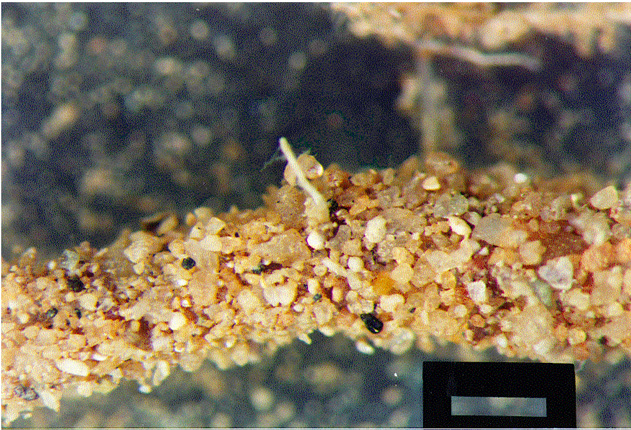- Thread starter
- #621
Spores are very durable. For more information look for stuff about "burn area mitigation." When a forest fire burns very hot it will completely sterilize the soil. Myco inoculants are part of the reforestation protocol because the extreme heat destroys the spores. Things have to get extreme to kill them. The other biggie is when they move topsoil around. If you strip off the topsoil and truck it away to make something like a road grade, then want to re-vegetate the newly exposed deep soil they use mycos. Best practice would be to leave the topsoil in a pile and redistribute it - not always practical. The bacteria, archea, and myco spores will hang-out in the pile of soil and thrive once the soil is redistributed and plants start growing in it. If re-vegetation of disturbed ground where the topsoil has been hauled away is important then they add mycos. Permaculture stuff.
The idea that the spores die off under relatively tame conditions quickly seems suspiciously like something someone who wants to sell lots of inoculum would say...
The idea that the spores die off under relatively tame conditions quickly seems suspiciously like something someone who wants to sell lots of inoculum would say...



 & Blessings
& Blessings



